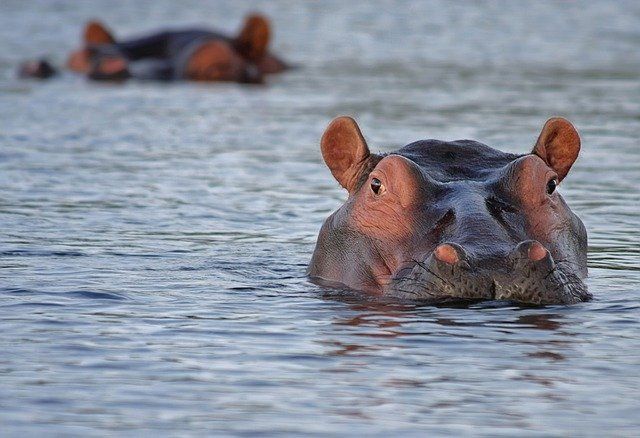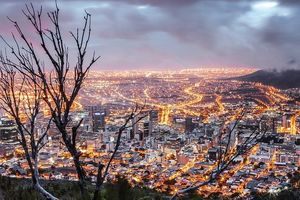Natural resources: These include, famously, gold and diamonds, but also, coal, chromium, antimony, iron ore, manganese, nickel, phosphates, tin, uranium, platinum, copper, vanadium, salt and natural gas. South Africa has over 200 species of mammals – many in special conservation areas – including lion, elephant, white rhino and hippopotamus.

Population: Over 41 million. The current crime wave and political uncertainties have led to the recent emigration of many whites.
Main cities: Pretoria, Cape Town and Bloemfontein.
Urban areas: Johannesburg, Soweto, Durban and Port Elisabeth.
Life expectancy: 73 years for whites, 57 years for blacks.
Ethnic groups: Black (nine ethnic groups, the largest being the Zulu) 74%, white 13%, coloured 10%, Indian 3%.
Languages: 11 official languages, including Afrikaans, English and Zulu.
Economy: South Africa has traditionally built its economy on mining. It has a well-developed economic infrastructure and is still the world’s largest producer of platinum, gold and chromium. Exports include gold, other minerals and metals, food and chemicals. Tourism is important. However, unemployment stands at 30% and, even though apartheid has been dismantled, a legacy of serious problems remains. These include poverty, corruption and violent crime.
Religions: Protestant 36%, Muslim 2%, Hindu 2%, African traditional 17%, Roman Catholic 9%, African indigenous churches (syncretism of animism and Christianity) – 4,000 different groups, including Zion Christian Church (1 million) 24%, others 9%.
Protestant denominations: Methodist; various Anglican; various Dutch Reformed; Lutheran; various Charismatic, Pentecostal and Holiness; various Presbyterian; Congregational; various Baptist; African Evangelical. Over half the Protestants profess to be evangelical.







